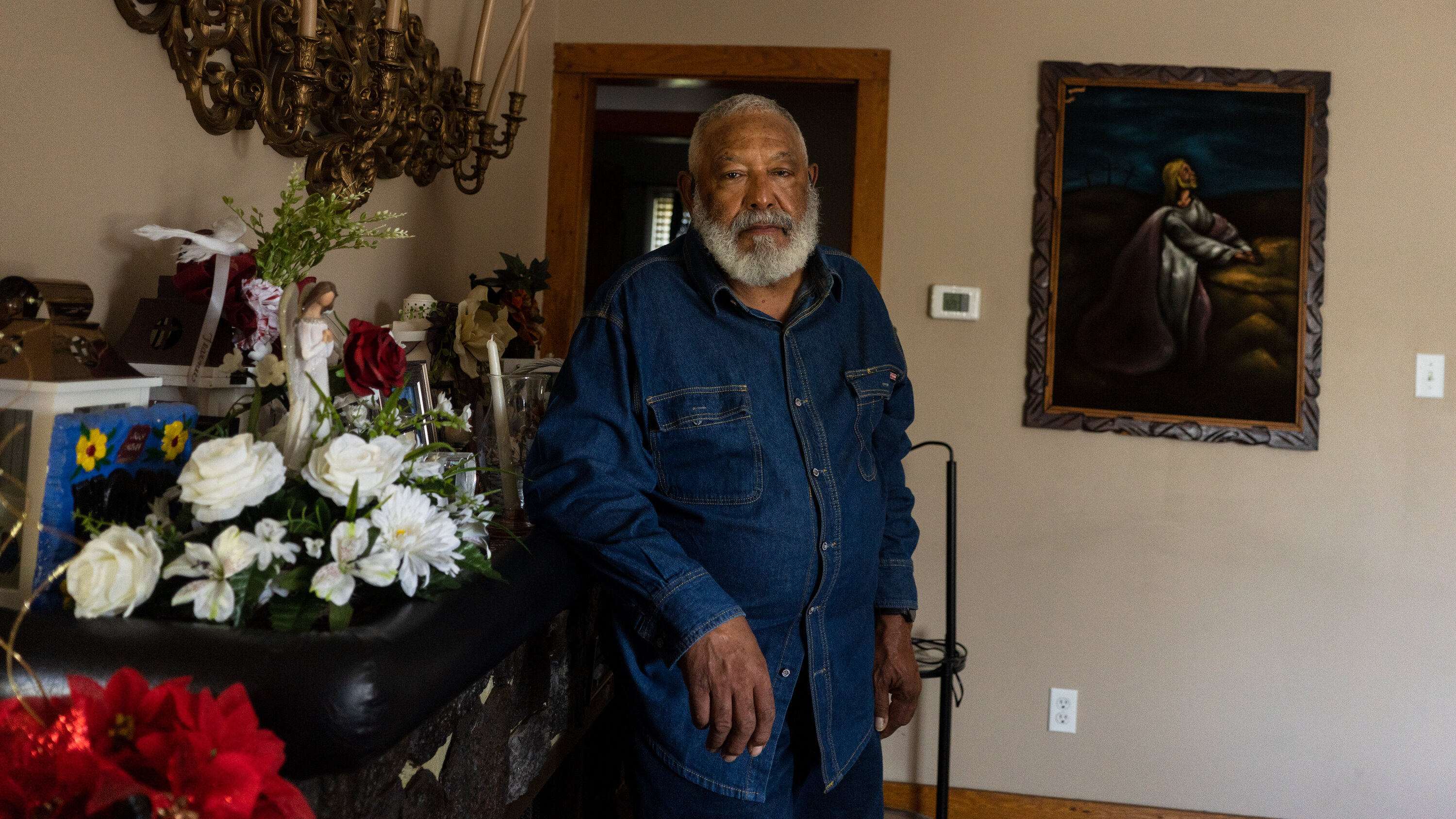- Messages
- 4,424

Coal Miners With Black Lung Say They Are ‘Cast Aside to Die’ Under Trump
President Trump has been a cheerleader for coal miners. But these miners say his administration is failing to enforce limits on a lethal workplace hazard.
When coal miners came to Washington in April, they posed behind President Trump at the White House, wearing their hard hats and thanking him for trying to reinvigorate their struggling industry.
But on Tuesday dozens of miners and their families will be in a more unusual position: protesting the Trump administration outside the Labor Department building, arguing it has failed to protect them from black lung disease, an incurable illness caused by inhaling coal and silica dust.
...
But now, after decades of improvements, the disease has made a disturbing resurgence, particularly among younger workers because of their exposure to a different material: silica dust. Experts said that is in part because of changing mining practices. Most of the thick coal seams in places like Appalachia have already been mined, and workers are increasingly cutting through more rock to reach coal, exposing them to silica dust.
Composed of tiny crystals that can lodge in lung tissue, silica dust can cause inflammation and scarring when inhaled. It is considered about 20 times more toxic to the lungs than coal dust and can also cause lung cancer and kidney disease.
The Biden administration set limits on miners’ exposure to the silica dust that mirrored federal regulations covering construction and other industries in which workers are exposed to the dust. It also required mine operators to take immediate corrective action if exposures exceeded the limit. The administration estimated the rule would prevent at least 1,067 deaths and 3,746 cases of black lung.
...
Limits on silica exposure were supposed to take effect in April. But the National Sand Stone and Gravel Association, the National Mining Association and other industry groups asked a federal appeals court to block the rule, citing the cost to mine operators.
“We are absolutely supportive of the new lower levels,” Conor Bernstein, a spokesman for the National Mining Association, said in a statement. But while the regulation requires operators to reduce the concentration of silica inside mines through ventilation systems, dust control devices and other improvements, the association argues the government should also allow for greater use of personal protective equipment to comply with the standards, a position similar to one taken by the Occupational Safety and Health Administration. Miners’ advocates have criticized respirators as impractical and ineffective.



